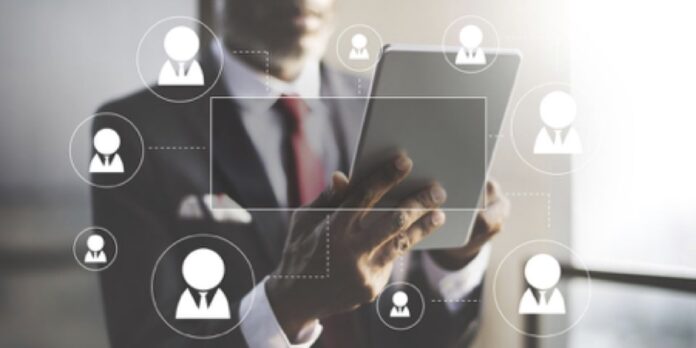This year, as COVID-19 began to spread globally, operations at many companies moved to a halt to remote work or property, but many factories did not. In part, thanks to AI and robotics innovations, many warehouses and factories have been able to continue to function safely and efficiently.
A strict lockdown was also enforced in India, and in response to the lockdown orders issued by central and state governments and the suspension of public transport services in many places in the country, main segments of Indian manufacturing came to a screeching halt.
In such unprecedented times, inventions helped to keep operations going and vital staff healthy and remote or on the job, ensuring that crucial packages are manufactured and distributed promptly, such as food items, medicines, and other necessary goods.
A few IEEE Effect Developers and top engineering experts share their insights into the innovations that help factories remain open in this pandemic and keep workers securely distanced.
A light out factory refers to a very automated factory and thus does not need to provide lighting and other services that would be needed if employees were regularly used in production. Normal factories using factory workers are not ‘light out’ but for their comfort and protection, workers require light and other facilities. Without production breaks, except for repair or replacement of equipment, lights out factories would conceivably operate 24 hours a day. There are several examples of such factories today. For instance, ‘lights out’ is the majority of advanced semiconductor manufacturing facilities (fabs). There is more gain for these fabs from not having humans in the facility since they are an essential source of contamination that could influence the quantitative quality measurement of a semiconductor method known as wafer yields.
A digital twin is a digital image of a physical structure or device that can also be used most frequently in real-time to simulate impacts and to track these physical structures. The versatility of digital twins will make it safer and more effective to better support the design, operation, and maintenance of built environments. The technology behind digital twins has now grown to include broader objects like houses, warehouses, towns, and now even individuals and processes. What makes digital twins feasible is the explosion of IoT sensors. Digital twin scenarios will involve smaller and less complex artifacts as IoT devices grow, giving the company additional benefits.
To predict various results based on variable data, digital twins are used. Digital twins will also customize an IoT implementation for full effectiveness with different software and data analytics capabilities, as well as help designers find out where items can go or how they work before they are physically deployed.
Communication tracing and spread prevention are two ways we can use technology to keep us safe during these periods. Many companies use IoT within their facilities to monitor human interactions. When an employee comes down with COVID-19, it is possible to use the details to decide who saw the sick employee, and for how long.
To help avoid further spread, workers with prolonged exposures should then be proactively screened and quarantined. It is also possible to use IoT to calculate employee density in each sector. It is possible to re-engineer areas showing inappropriate levels of the congregation to better space out workers and theoretically limit the spread.
Follow and connect with us on Facebook, Linkedin & Twitter

